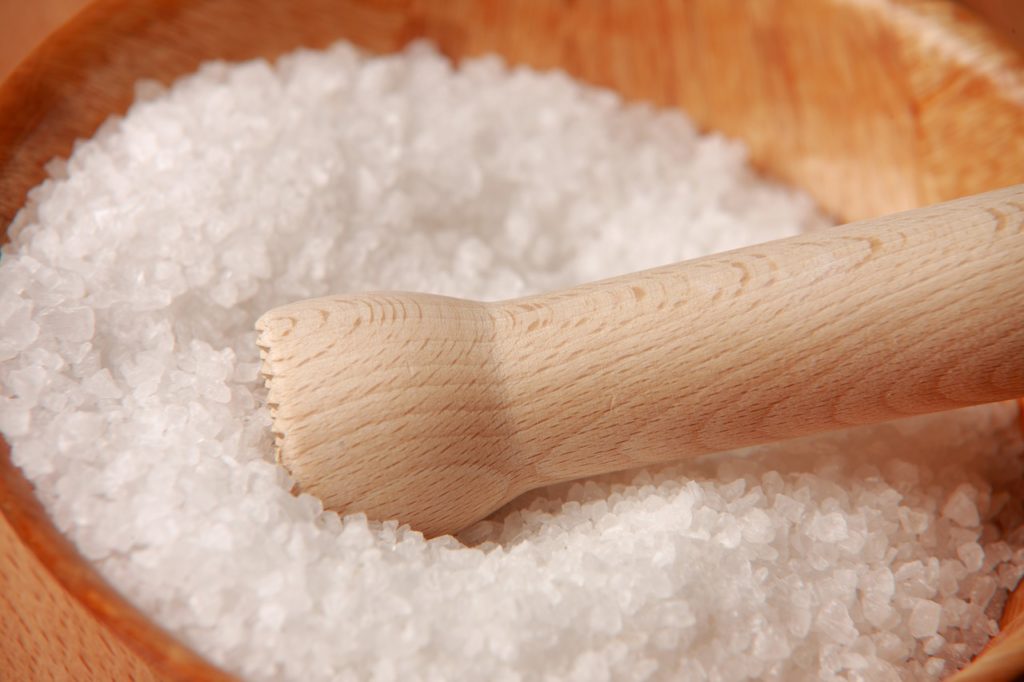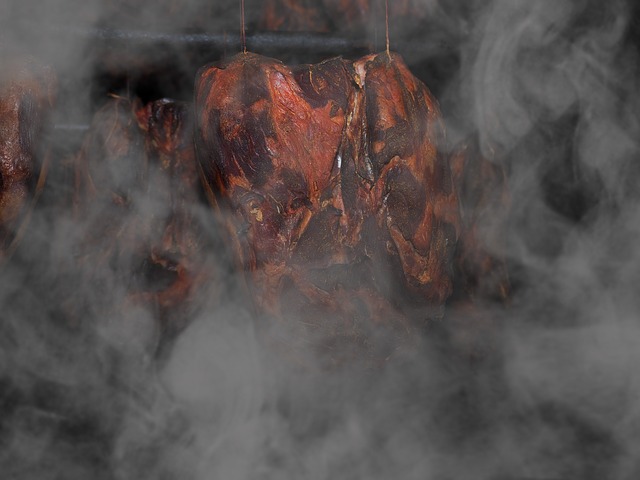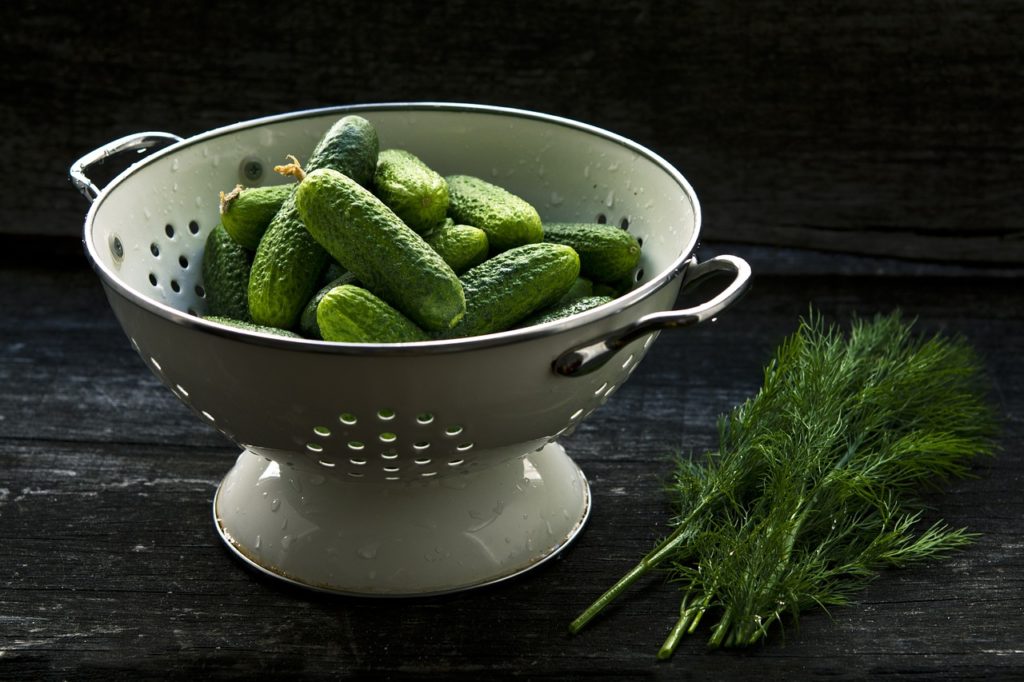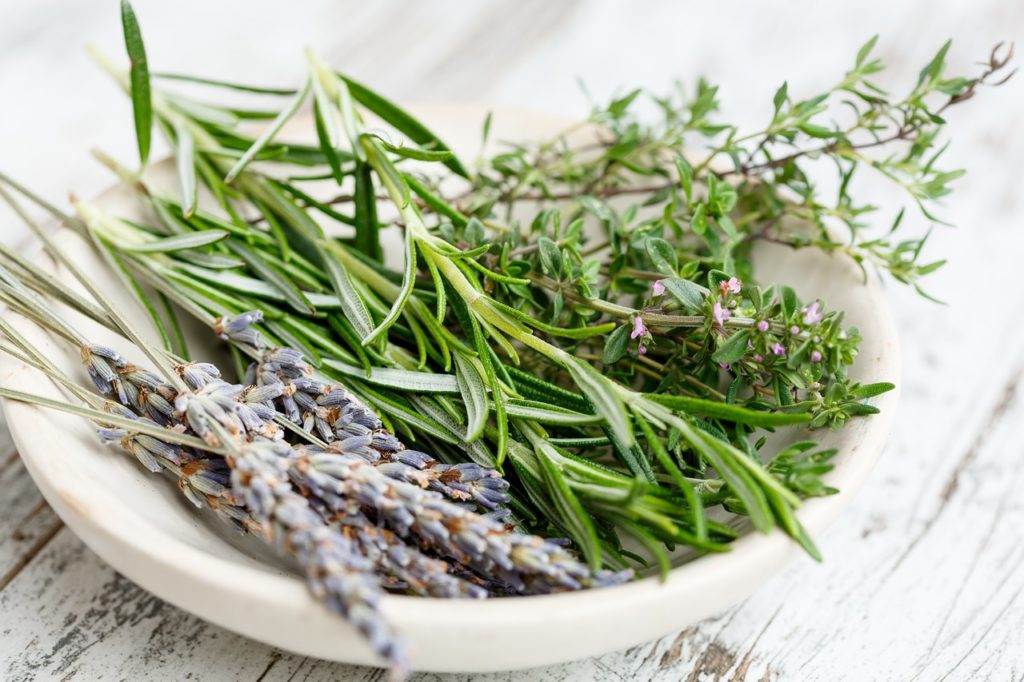Salt has been used as a preservative since ancient times and was, in fact, so valuable in part due to its preservative powers that it became one of the first ever commodities traded and even wars have been fought over salt.
Before the days of refrigeration and the modern heat treatments that are used to prolong the shelf life of foods, salt was one of the main methods used to preserve food. Without it people were subject to having to consume food quickly before it would spoil, with salt civilisations were able to store food and build up reserves that would last in times of scarcity.
Table of Contents
The Simple Reason Why Salt Works To Preserve Food
The reason why salt is such an effective preservative is that it draws moisture out of food. Dry foods are less likely to spoil as moisture is a key requirement for organisms that want to spoil the food.
When something like meat is exposed to salt in the right quantity, around 20% salinity, the salt begins to draw the moisture out of the cells in not only the food but also bacteria present in the food and this makes it last longer because the bacteria that will spoil the meat have a hard time surviving in such a salty environment with little moisture.
How Does Salt Prevent Spoilage?
Spoilage organisms, such as bacteria, yeasts and mould grow on the food making it undesirable or just unsafe to eat all require moisture to feed on the food. The moisture content of the food is, therefore, a critical aspect of how likely the food it to spoil in a short time frame.
We know then that by reducing the moisture content of foods we can inhibit microorganisms from growing and therefore extend the shelf life of the food.

Dehydrating works on this same principle, many types of food such as fruits, vegetables, meat and fish is dried. Ancient ancestors in the right climates would have dried meat in the sun to save food from a hunt. In areas where the climate is not suitable to dry foods in the sun, our ancestors would have has to come up with a different method of dehydrating the food, salt was one of these ways.
The mechanism that is in effect when we salt foods to preserve them is osmosis. Osmosis works by drawing water across a cell membrane so that both sides have an equal amount of saltiness or salinity.
Salt not only draws water out of food but also draws moisture out of any bacteria or microorganism that is on or in the food killing them in the process.
Brine Or Dry Salting
When we cure foods with salt it can either be done by applying actual salt granules to the food or via a brine that the food is immersed in. Both processes draw moisture out of the food to dehydrate it but some applications work in slightly different ways that affect how the food is preserved.
Salted Fish
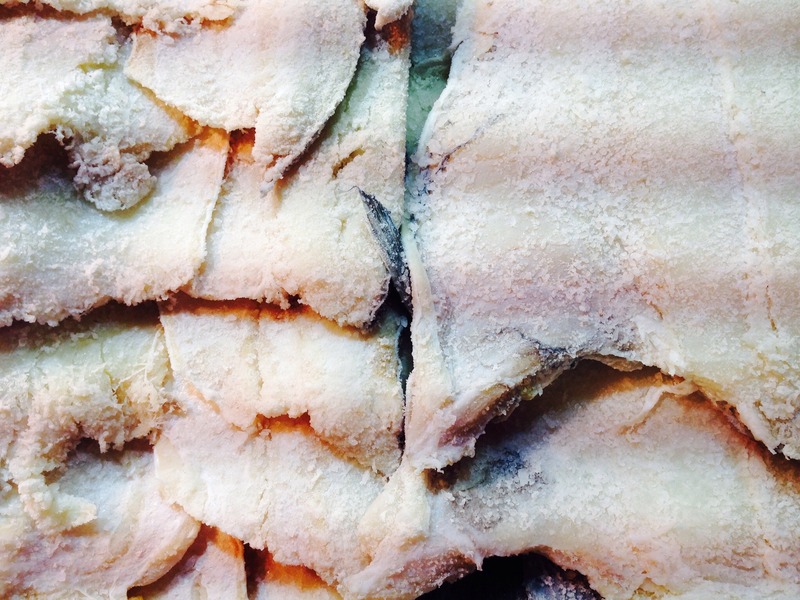
Cod is often preserved in salt using a 20% brine solution. At this level of 20% salinity, water is effectively drawn out of any microorganism that will spoil the meat. The fish will last several months in the fridge longer than it would without the salt. The same process can also be done with coarse salt without the brine. Fillets of cod is packed in coarse salt and sold commercially as “salt cod”
If we pack food with salt, the concentration of salt causes an imbalance. Osmosis works to try and balance the salinity of the cells of the food with the salinity around the food. As salt is drawn into the food water is drawn out. As the water is drawn out the food gets drier and drier making it an inhospitable place for food spoilage organisms to grow.
At this level of salinity, however, the fish will be extremely salty if eaten as is. The fish will need to be soaked in water for at least 24 – 48 hours in freshwater to draw out a lot of the salt from the fish.
Salt Used In Fermentation
Vegetables are regularly preserved in brine but do not rely on just salt as a preservative. Dill Pickles are packed in jars win a brine of about 3 – 5 % salinity. At this level, the salt isn’t strong enough as a preservative on its own. Most bacteria cannot survive but some can, fortunately, friendly bacteria called lactobacillus are one of a few types of bacteria that thrive in brine like this. The lactobacillus ferments the sugars present in the vegetables and turns the brine acidic. The salty and acidic environment pickles the vegetables and stops any food spoilage organisms from growing.
A similar process is used to make Sauerkraut, a pickled cabbage, except instead of immersing the cabbage in brine, dry salt is sprinkled over the cabbage and then packed into jars. The salt prevents most bacteria from growing except for lactobacillus that then creates an acidic environment and the combined preservative effect of salt and acidity preserve the sauerkraut for months even without refrigeration.
Curing Salts – Nitrates and Nitrites
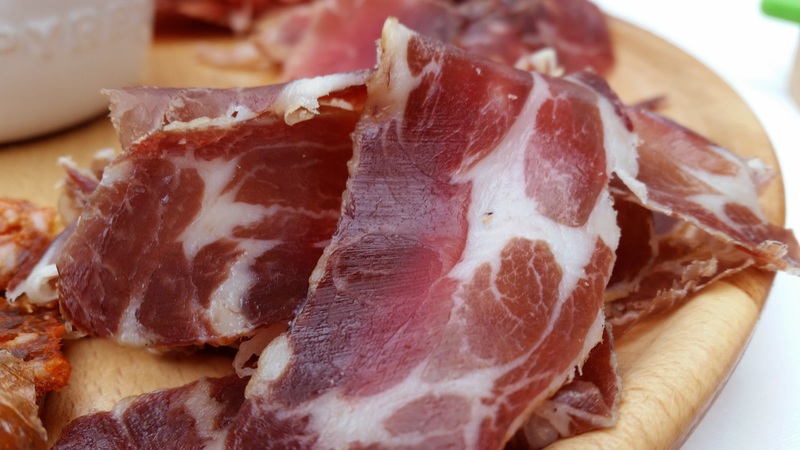
Meat is often cured with salt with a whole subsection of foods preserved meats called charcuterie. Curing meat with salt relies on the same principles of drawing moisture out of the meat and spoilage organisms.
However, salt alone is not safe enough for moderns food safety and hygiene. Another type of salt called a curing salt is used. This curing salt is often referred to as Prague powder or instacure.
The addition of nitrates or nitrites to salt is far more effective at inhibiting bacterial growth in preserved meats.
Prague powder or curing salt is a mixture of regular salt and a compound called sodium nitrate or sodium nitrite depending on the type of cure being done. The salt is pink to differentiate it to regular table salt.
Curing salts with the addition of sodium nitrate or sodium nitrate are carefully measured according to the amount of meat being cured. They enhance both the flavour and colour of the meat as well as enhancing the unique flavour that is synonymous with cured meat.
A more thorough guide to preserving using curing salt can be found in this article.
Salt As A Preservative
Salt has many culinary uses and as a preservative has a long history in a variety of applications. It is used to pickle vegetable, dry and cures meat or fish and at the same time greatly enhances and changes the texture and flavour of them.
This all works on the basic principle of osmosis drawing water from cells whilst drawing salt into the food to create balance. Why not check out some of the recipes here on preserve and pickle for some hand on practice at preserving food with salt.
